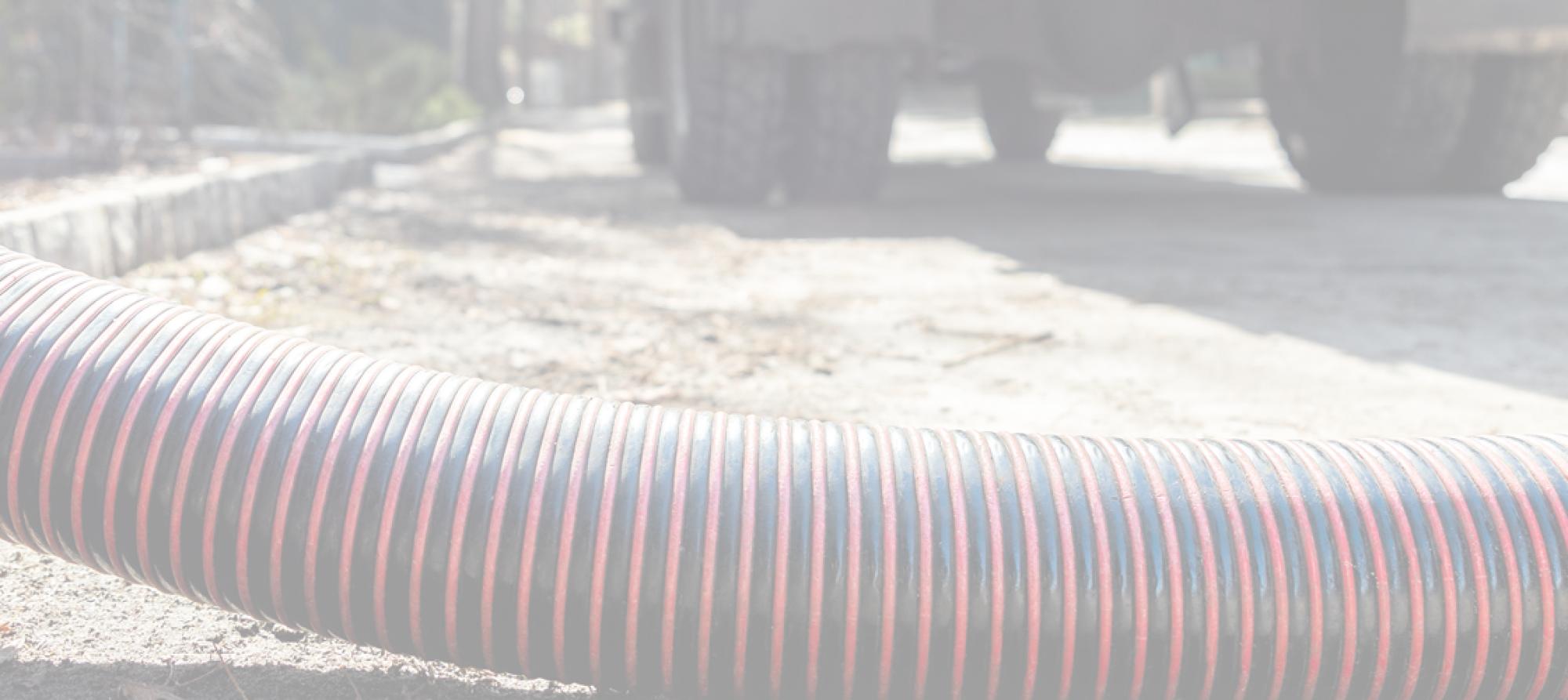If you have a septic system on your property, you might be unsure of what it is and how it works. That’s where our septic professionals at Freedom Pumping come in. We’re here to explain the ins and outs of septic systems so you can understand how your septic system works and what you can do to maintain it so that it lasts for as long as possible.
Parts of a Septic System
A septic system features several parts that work together to ensure the waste in your home or business is stored and disposed properly. Here’s a brief overview of each part:
Septic Tank
Typically made of concrete, fiberglass, or polyethylene, the septic tank is a large container that’s shaped like a rectangle or cylinder. If you’re in a rural area or your property isn’t connected to a sewer system, there’s a good chance you have a septic tank.
Drainfield
When sewage exits your septic system, it goes through your pipes and into your yard through the drainfield. In most cases, wastewater is stored in your septic tank for two days before it gets released into the drainfield.
In the event solids build up and are not pumped out as they should be, the drainfield may get blocked. The most common signs of blockage include bright green grass over the drainfield, mushy or wet ground, foul odors in your yard, and plumbing backups.
Pump Tanks
Even though pump tanks aren’t required, they are highly recommended if you’d like your septic system to operate optimally. Pump tanks usually consist of effluent pumps, control floats, and high-water alarms.
Distribution Box
The distribution box can be found between the septic tank and the drainfield. It works to evenly distribute wastewater between the drainfield lines.
Leach Drain Field
Also known as the septic field, the leach field, is a part of your septic system that collects the effluent from the septic tank. It sends waste into the soil, which eventually makes its way to the water table.
How a Septic System Works
All of these components work in tandem to get rid of wastewater from your property so they can safely and efficiently distribute it into the ground. Your septic system depends on naturally occurring bacteria to break down the substances that flow into the septic tank. These substances are divided into these three categories.
- Sludge: Heavy materials like toilet paper and solid food waste that settle into the bottom of the tank.
- Scrum: Lighter materials like oil and grease that float on the septic tank’s surface.
- Liquid or Effluent Wastewater: This is the remaining water that lies in the middle of the tank and is transferred to the drainfield.
At some point, everything that enters your septic tank will turn into effluent wastewater and enter the drainfield.
Interested in Septic Tank Maintenance in Lafayette LA? Request a Free Estimate From Freedom Pumping Today

